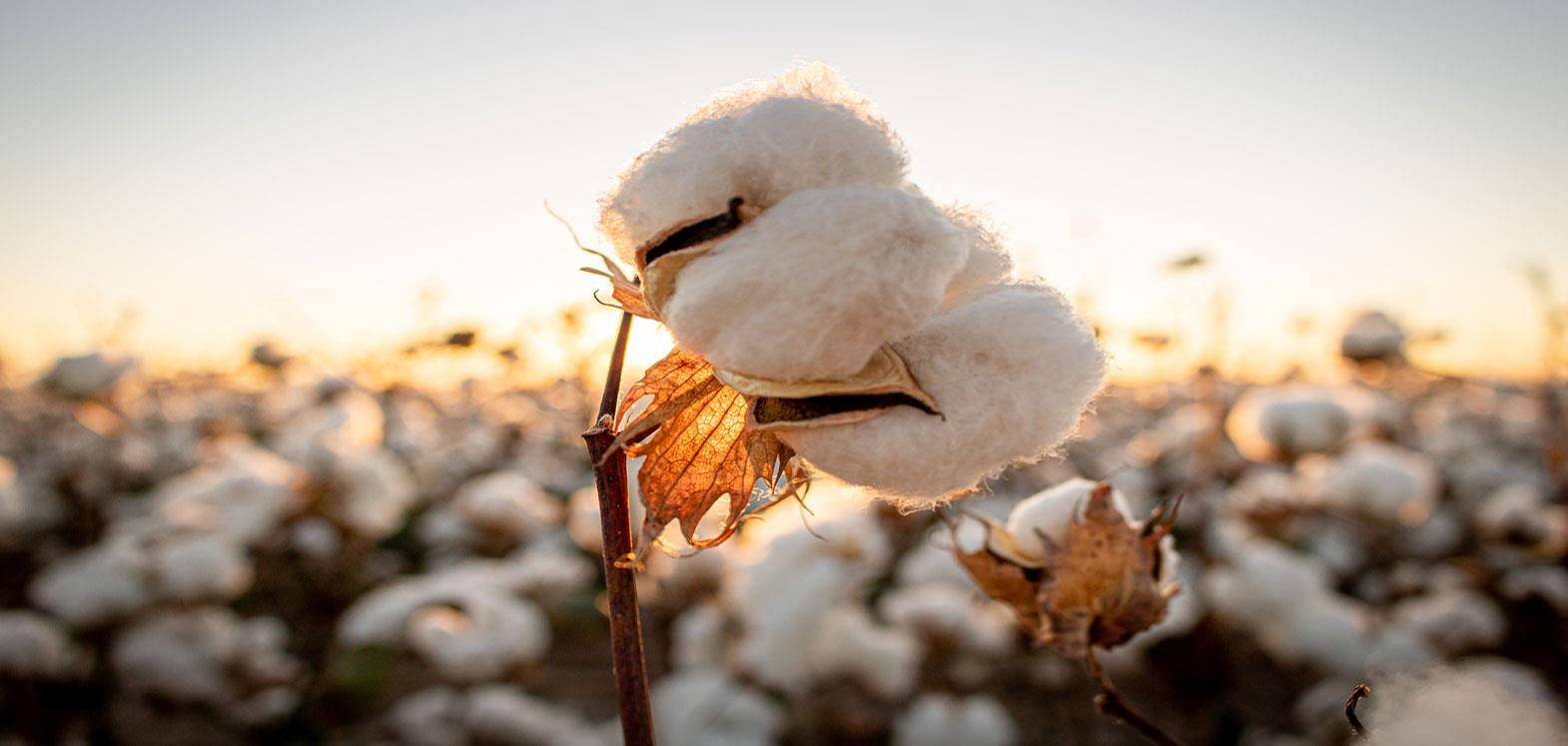The views presented here are of Mr. Jesse W. Curlee; President
There have been more international news stories about cotton in the past twelve months than at any other period that I can recall in my over 30 years in the industry. Publications such as the Wall Street Journal, Economist, New York Times, and others have all had stories about the rapidly increasing prices of cotton. All the stories have centered on the more popular used upland cotton, but the same occurrences in regard to supply/demand have resulted in similar record prices for Extra-Long Staple cottons.
At least one of the stories described what has happened with cotton prices as "The Perfect Storm," referring to the popular book published in the late '90s that detailed how a series of unique weather conditions came together causing a severe storm that sunk a large fishing vessel. The cotton stories have reported on the floods in Pakistan, production problems in China, and weather in other cotton regions of the world that reduced worldwide cotton production. They mentioned USA cotton production being reduced because other crops offered better financial alternatives. All of this happened when demand for cotton textiles was beginning to increase. This has resulted in historically high prices for all cottons.
In regard to Extra-Long Staple cottons, the current supply/demand situation and high prices weren't something that was a surprise. Most people in the industry saw an eventual tight supply situation and higher prices. Perhaps not predicting the extent of the current prices, but demand was going to return and when it did, prices were bound to advance quickly. And they have.
As many of us have been reporting, there have been several years of reduced production from the major ELS producing countries: USA, China, and Egypt. I can't speak for the other producing countries, but in the USA, reduced production was simply a matter of low prices for ELS cottons for the past three seasons. Production cost has increased significantly, and other crops offered a better financial return. I would assume that this is why there were similar significant production declines in China and Egypt as well.
For the three-year period from 2005-2007, worldwide production of ELS/LS cotton averaged 700,000 metric tons per year. For the past three years beginning in 2008 and ending with the 2010/2011 crop, total ELS/LS production averaged only 450,000 metric tons per season. This represents almost a 40% decline over this three-year period.
Demand for all cotton textiles has improved in the past twelve months, including demand for the more expensive ELS cotton goods. Extra-Long Staple cotton prices began 2010 at $1.17 per pound, after having improved through the latter half of 2009. Then, after being relatively stable through the first half of 2010, prices began to move much higher in September, closing the year at $2.25. By mid-January 2011, ELS prices had moved up to $2.40. The increased consumer demand along with the reduced supply has resulted in gradual and continued price increases. Textile mills have paid in excess of $3.00 per lb. for what remains of the 2010 crop.
There is not going to be a quick solution to tighten worldwide stocks of ELS cotton. The stocks-to-use ratio in producing countries is estimated to decline from 17% in 2009-10 to 14% in 2010-11. Probably the lowest stocks-to-use ratio in history.
The National Cotton Council of America's planting intention survey is estimating that 251,000 acres will be planted to American Pima cotton in 2011. A 23% increase. With an average yield this could produce anywhere from 700,000 to 750,000 bales or 159,000 to 170,000 tons. This compares to approximately 500,000 bales or 113,000 tons produced last season. A significant increase of 40%. Nevertheless, American Pima cotton will still be in short supply. Because, as of this week, 268,000 bales or more than one-third of the estimated new crop production has already been committed for export. Prices have been recorded anywhere from $1.50 to $2.25 for the new crop.
So, what is the immediate future for ELS/LS cottons? Tight supply and high prices are likely to remain for the 2011-12 season and into 2012. This will happen unless Egypt and China are able to increase production significantly. Early reports are that Egypt will increase its production by perhaps 30-35%. However, because of the recent political development, is there going to be more pressure to grow food crops in Egypt? Production increases in China is anyone's guess, but any increase will probably be small. Even if there is an overall increase of 35% in worldwide ELS production, there is going to be tight supplies going into the 2012 year. This means continued strong prices.








Comments